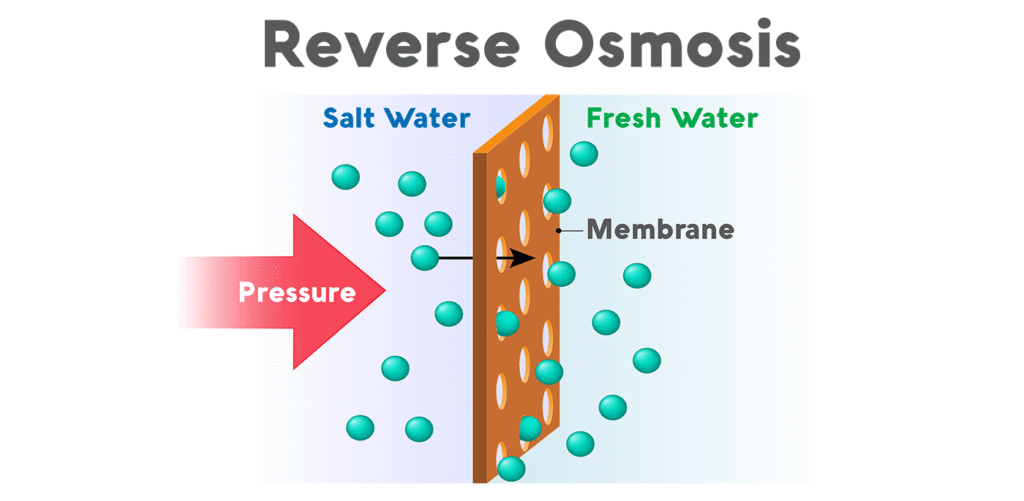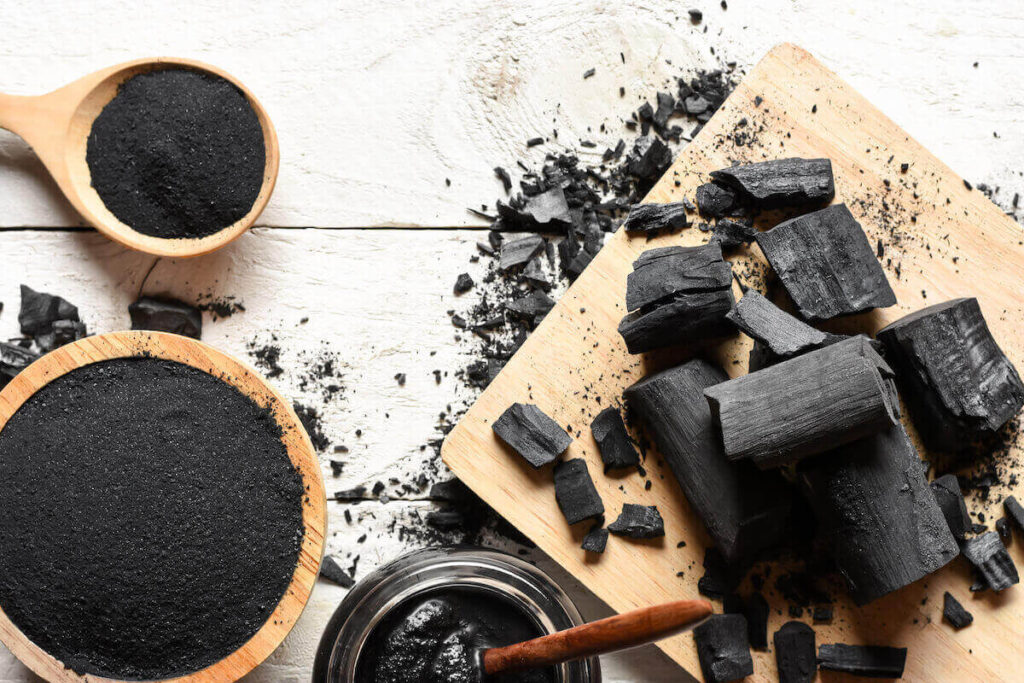Known to be a monatomic, natural anion mineral found in soil, water, our earth’s crust, and foods, fluoride is now also used in tubes of toothpaste and your water.
Regardless of the benefits that it comes with, it has been found that fluoride can cause severe health problems.
Methods such as reverse osmosis, distillation, and others can be used to filter fluoride out of water. In this post, we will discuss everything related to fluoride in detail. Let’s delve right into it.
How to Filter Fluoride out of Water?
Intake of fluoride in excessive quantities can lead to health issues, which is why many of us consider eliminating it completely. To get non-fluoridated water, you should be using one of the following methods:
1. Reverse Osmosis
In reverse osmosis, pressure is used to force the water to flow through a permeable membrane that doesn’t allow contaminants to flow through it. This ensures that the water gets rid of all the hazardous components and doesn’t consume fluoride water.

You can invest in a quality R.O. filter and get it installed at your home. Reverse osmosis filters get fixed in your kitchen, and they filter the water used for cooking and drinking in your home. You can also get whole-house D.O. filters at your home.
2. Activated Alumina
The solid and porous form of aluminum oxide is known as activated alumina. It works like a charm when it comes to absorbing fluoride efficiently and effectively and other harmful components.
This is also the reason why the EPA recommends the use of activated alumina.
Activated alumina filters focus on balancing the pH levels of fluoride. To remove fluoride, the pH level of your water should be between 5-6. The filter works so that when the water passes through this filter, activated alumina granules absorb all the impurities and components.
As a result, you get pure water. This process, however, is highly complicated and should be performed by professionals only.
3. B.C. Carbon
BC carbon or Bone Char carbon is known to be one of the oldest ways used to get rid of fluoride present in water. This carbon is available in the market in the form of cartridges of water filters, and it has the ability to eliminate 90% of minerals present in water.

However, just like activated alumina, removing fluoride using B.C. carbon isn’t an easy process, and it cannot be done at home conveniently.
Also, you should note that bone char is the result of animal bones being heated at extremely high temperatures, and hence, vegans may not be able to use this option.
Some Quick Facts Related to Fluoride & Its Removal
- In the 1960s, there was a time when communities spread all across the U.S. started adding fluoride to the water after a report suggested that it can reduce cavities in your teeth by 90%.
- If it is in the right amounts, fluoride can benefit you in terms of your dental health and hygiene. However, if present in excessive quantities, fluoride can cause weakness in ligaments and bones, and it can also affect your nervous system.
- As per the U.S. Department of Health & Human Services, the recommended ideal levels of fluoride in drinking water should not exceed 0.7 mg/L (milligrams/liter).
Potential Health Issues Linked to Fluoride
Over the last few years, the health hazards of fluoride have come into the limelight. Below are some of the health issues associated with excessive consumption of fluoride:
1. Thyroid
Consumption of fluoride in higher amounts can lead to the destruction of parathyroid glands in one’s body. This can further lead to the ejection of parathyroid hormones.
Due to this, the bones start losing calcium and further leads to weaker bones that have higher chances of getting fractured.
2. Neurological Problems
Exposure to fluoride in excessive amounts in pregnant women can increase their risk of giving birth to infants who have highly poor cognitive functions. Higher consumption of fluoride is also connected with low I.Q. levels.
Other Health Issues
Exposure to fluoride in excessive quantities has been associated with reproductive issues, cardiovascular problems, and skin problems.
Conclusion
Reverse osmosis can be used by you to filter out as much as 90% of fluoride present in water. You can also go with distillation, as it is also an effective process.
We recommend you invest in a quality R.O. filter to ensure that it performs its job with utmost accuracy.
The recommended fluoride levels are anywhere between 0.7 and 1.2 mg/L. Fluoride does have benefits, but people have mixed opinions about this anion as it also has health effects.
Frequently Asked Questions (FAQs)
Is it recommended to get rid of fluoride in water?
It is a known fact that fluoride is beneficial for our teeth. However, we have found out that ingestion of fluoride in excessive quantities can lead to adverse health problems. You should consider the removal of excessive amounts of fluoride using effective methods such as reverse osmosis, activated alumina, and distillation, among others.
How can I get rid of fluoride present in my water?
R.O. filters remove up to 90% of fluoride present in water. The process makes your water go through a series of filters so that the water gets rid of contaminants and dangerous components. You can make use of this process to get rid of fluoride in your drinking water.
Can I boil the water to remove fluoride?
One of our most common questions is whether boiling the water removes components such as fluoride or not. The answer is that it depends on the contaminant you particularly wish to remove. In this case, our answer is no. Instead of decreasing its concentration or removing it, boiling the water will actually increase the concentration of fluoride in water. It will remain in the water in the form of fluorine salt.
After how long does fluoride leave your body?
Once fluoride gets in your blood, it takes around 3 to -0 hours for it to get removed through your kidneys. If exposed to fluoride regularly and for longer periods, it can cause severe health issues.
Does bottled water also have fluoride?
Not all water bottles come with fluoride. Some contain fluoride in little quantities, while others don’t contain fluoride at all. However, fluoride can naturally get in the l place from where the water is sourced for bottled water.
